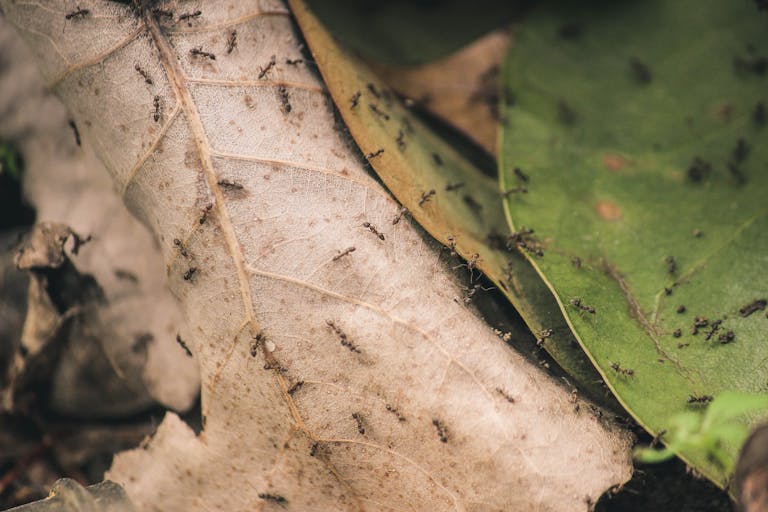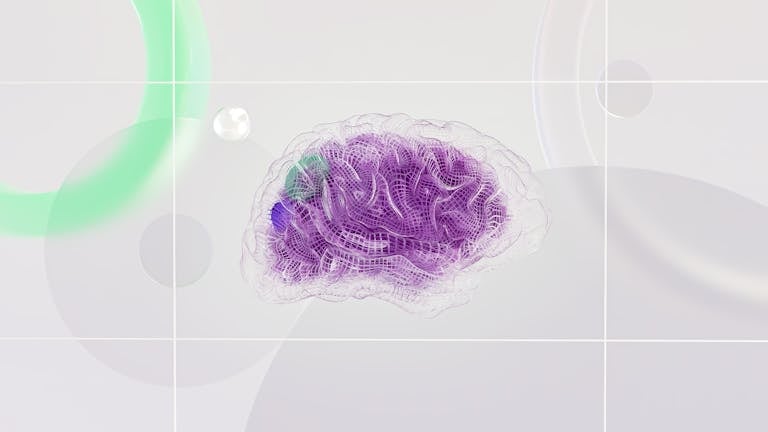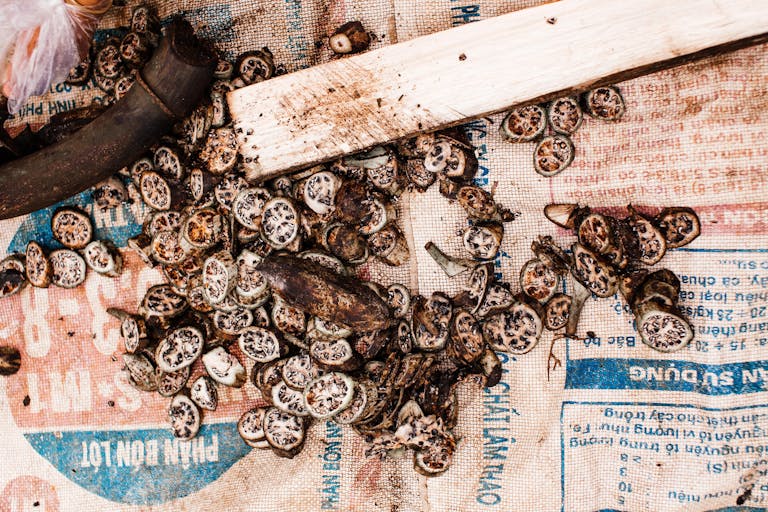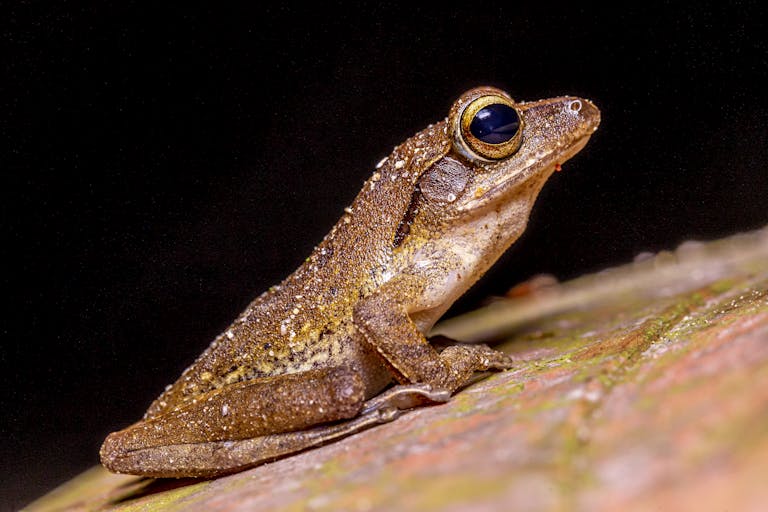How Artists and Scientists Are Teaming Up to Protect Nature in New and Powerful Ways

A new international study has found that collaborations between artists and conservation scientists are creating fresh, exciting ways to protect nature. The research, published in Frontiers in Ecology and the Environment, explores how combining creativity and scientific knowledge can unlock innovative solutions to long-standing environmental problems. Conducted by experts from institutions including the University of Paris-Saclay, the Czech Academy of Sciences, the University of California, Merced, and Florida International University, the paper shows that when the arts and science intersect, both sides gain—and so does the planet.
The study, titled Bridging Worlds: Exploring Synergies Between the Arts and Biodiversity Conservation, is led by Ivan Jarić, a conservation scientist with the University of Paris-Saclay and the Czech Academy of Sciences. The authors argue that these partnerships can generate new knowledge, attract funding, enhance communication, and even influence public behavior. By joining forces, artists and scientists can co-create ideas, uncover new perspectives on conservation challenges, and develop creative, practical strategies to tackle issues like biodiversity loss and climate change.
What Happens When Art and Science Meet
The study highlights several ways that the arts can directly support conservation. For example, art can inspire new ideas, promote innovation, and help people emotionally connect with environmental issues that might otherwise feel distant or abstract. Artists are particularly skilled at communicating complex ideas through visual, auditory, or experiential forms—something that scientific reports alone often struggle to achieve.

Art can also enhance education, marketing, publishing, and fundraising efforts for conservation organizations. Through exhibitions, murals, performances, or films, artists can bring science to life and make it more accessible. This visibility can shape public attitudes and even influence social norms about how people view the environment.
In return, conservation scientists offer valuable resources that strengthen artistic practice. This includes access to scientific data, expert knowledge, natural materials, and guidance on sustainable art methods. Scientists can help artists better understand ecosystems and species, allowing them to represent nature accurately and responsibly.
Real-World Examples of Art and Conservation in Action
The research includes several fascinating examples of how art and science collaborations are already working around the world.
One example is ancient rock engravings in Shuwaymis, Saudi Arabia, which provide insights into the region’s historical fauna and ecosystems. Another is Alexander von Humboldt’s Tableau Physique, a scientific and artistic masterpiece that visually represents how vegetation changes with altitude on Mount Chimborazo.
Art can also mobilize public support for conservation. The mural Season’s Greetings by Banksy in Port Talbot, Wales, highlights the dangers of air pollution through street art that reaches thousands of people. Similarly, digital collages like “Our Story: Underwater Realm” use art to spark awareness and help viewers find new meaning in underwater ecosystems.
On the flip side, conservation science has supported art in projects like “Gaia”, a micrarium installation created by Czech artist Michal Trpák at the Biology Center of the Czech Academy of Sciences. Made using microscopic slides of various species, it celebrates biodiversity and the microscopic beauty of life. Another creative collaboration, “Sonic Kayak,” combines art and citizen science by converting underwater data into sound, allowing people to experience environmental changes through listening.
These projects show that art isn’t just decoration—it can serve as a research tool, an educational platform, and a call to action.
The Challenges Facing Art–Science Collaborations
Despite growing interest, these collaborations still face significant obstacles. One major issue is limited funding. Projects that bridge disciplines often fall outside traditional grant categories, leaving artists and scientists to find creative ways to finance their work.
Another problem is institutional resistance. Many scientific institutions remain cautious about integrating artistic methods, worrying they lack “rigor.” Similarly, some artists are hesitant to engage with science, fearing it might limit their creative freedom. The study argues that this mindset needs to change—artists should be seen as equal collaborators, not just as communicators or outreach tools.
The authors also call attention to a lack of clear evaluation methods. It’s difficult to measure the real impact of art-science partnerships on conservation outcomes. Developing shared tools and frameworks to assess these effects is crucial for long-term success.
There are also ethical and cultural considerations. The rise of generative AI adds new complexity to artistic practice. While AI-generated art can raise awareness about the environment, it can also misrepresent biodiversity through stylization or simplification. Art that focuses too much on aesthetic beauty can unintentionally reinforce stereotypes or ignore the voices of local and Indigenous communities who have deep relationships with nature. The study stresses the importance of transparency, dialogue, and respect when using technology in environmental art.
Building Better Collaborations
To make these partnerships truly effective, the researchers call for stronger institutional support and long-term investment. Academic and conservation organizations should establish artist-in-residence programs and interdisciplinary platforms where creative and scientific minds can meet and work together.
They also recommend developing a shared language between the two fields—one that respects both the precision of science and the imagination of art. Scientists and artists operate with different worldviews and methods, but both are deeply motivated by curiosity and a desire to understand and protect the natural world. Finding common ground between these approaches could unlock enormous potential.
Importantly, the paper urges conservationists to approach collaboration on the artists’ terms. Instead of treating art as a secondary tool, conservationists should value the deep cultural and emotional insights that art brings. When artists are treated as equals, the partnership becomes more innovative, inclusive, and effective.
Why This Matters for the Planet
At a time when the planet faces record biodiversity loss, deforestation, and pollution, traditional conservation methods alone aren’t enough. The world needs broader engagement—emotional, cultural, and creative—to inspire action.
Art has the power to connect with people on a human level, making environmental issues personal and relatable. Science provides the evidence and structure needed to drive real solutions. Together, they form a partnership that can transform how societies think about and respond to ecological crises.
Projects that combine these disciplines are already making waves. From sound-based citizen science to murals that challenge social norms, art can help people experience the natural world in entirely new ways. This emotional connection is key to building public support for conservation, which ultimately benefits not just wildlife, but human well-being too.
The Bigger Picture
These findings fit into a larger global movement toward interdisciplinary collaboration. More universities and NGOs are realizing that protecting the environment requires creativity, empathy, and communication—not just data and models.
Programs like Cape Farewell (which brings artists on Arctic expeditions with climate scientists) and The Eden Project’s art residencies in the UK are examples of how creativity can enrich conservation and spark public engagement. The study adds to this growing recognition by providing an academic framework for how such collaborations can be structured, evaluated, and expanded.
Ultimately, the message is simple: science needs art as much as art needs science. By uniting their strengths—facts and feelings, analysis and imagination—they can inspire change on a scale neither could achieve alone. Strengthening this bond could help societies see conservation not just as a scientific necessity, but as a cultural and moral responsibility.
Research Reference:
Bridging Worlds: Exploring Synergies Between the Arts and Biodiversity Conservation – Frontiers in Ecology and the Environment (2025)





